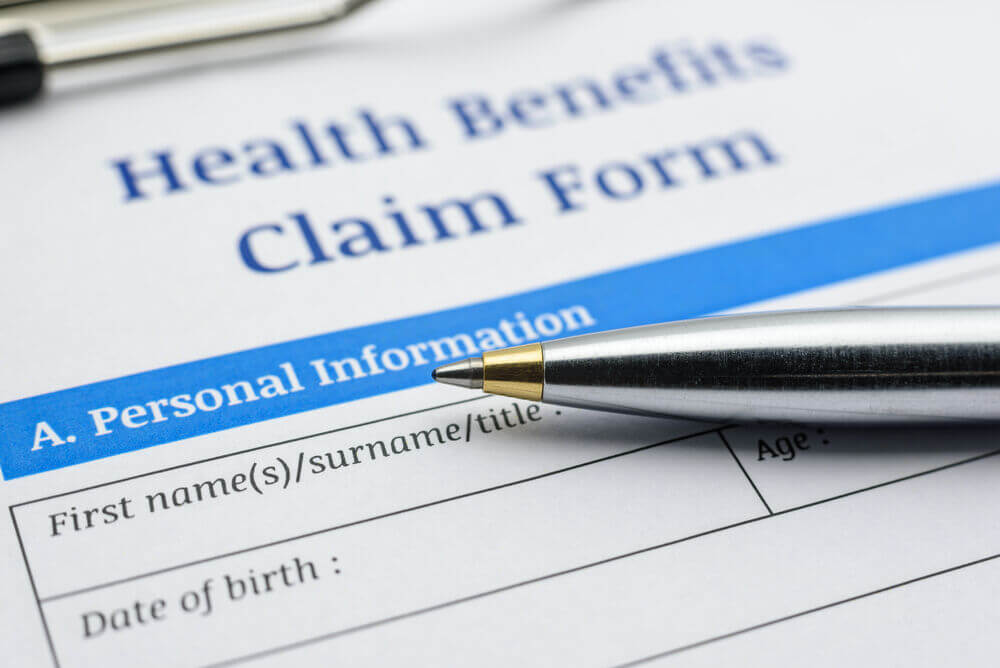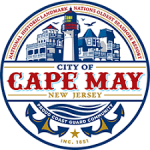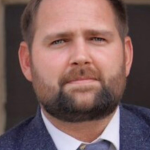TRENTON – The New Jersey State Health Benefits Commission (SHBC) approved a significant increase in public worker health care benefit costs Sept. 14. The decision came during the annual rate renewal meeting of the SHBC.
Later the same day, an agreement between the state and five unions representing state employees was announced blunting some of the impact of the increases for state workers in exchange for adjustments in certain co-pay arrangements. The deal lowers the health care contributions for state workers from 18% to 3% this year. This means the amount no longer covered by those contributions will be passed along to state taxpayers.
That agreement between the unions and the state will only ease the burden on employees at the state level.
County and local employee premiumsmay rise by as much as 23%.This will impact taxpayers since local governments in New Jersey pay up to 70% of the cost of health insurance premiums for their employees.
The state has argued that the big hike in public worker health benefit costs was driven by a post-pandemic surge in demand for health care services and the high inflationary environment. Risk management firm AON was hired to conduct this year’s rate analysis.
The new rates are as much as 20 points higher than typical yearly rate increases. While Governor Phil Murphy points to the rise in premiums as part of a “national problem,” opponents point to the fact that the increases are higher than what is being seen in other states. Union representatives want to know why New Jersey is an outlier.
The state has had an ongoing dispute with Horizon Blue Cross Blue Shield of New Jersey. The state Treasury office sought to recover $34 million in fees paid by the state after the office claimed that Horizon did not deliver on a promised program to connect patients with less expensive health care services. The state ended its attempts at the recovery of the payments with no full explanation as to why. Horizon disputes the allegations.
If part of the explanation for the hike in rates is an increase in utilization due to health care postponed or skipped during the pandemic, opponents of the increases this year argue that the state could use federal pandemic relief funds to depress the rate hike.
Michael Cerra, Executive Director of the New Jersey League of Municipalities says, “there is absolutely no reason to allow this to occur while, unlike municipalities and counties, the state has billions of dollars in reserve from the federal government to mitigate the negative effects of the pandemic.”
John Donnadio, Executive Director of the New Jersey Association of Counties, says the increases “will have far-reaching fiscal consequences for both local property taxpayers and public employees.”
Donnadio issued a statement after the SHBC vote recommending that participating member counties “leave the State Health Benefits Program if feasible.”
“Local governments will now do their due diligence and explore more cost-effective alternatives,” said Cerra.
Municipalities have the option to participate in state plans but are not required to do so. Most local governments do so. A September list of participating local employers in the State Health Benefits Program shows all 16 of Cape May County’s municipalities.
Senator Michael Testa (R-1) accused Murphy of bad faith. He argued that the Governor has been artificially tamping down health care costs “to delay this hit on workers and taxpayers until a time of his choice.”
Murphy pledged that the state would work with government units and workers to find “long-term” solutions so “this does not happen again.” That language sends a message that this increase is a done deal, and the focus needs to be on the future.
State Senate President Nick Scutari and Assembly Speaker Craig Coughlin applauded the deal with state worker unions but warned that “ignoring municipalities will inevitably result in higher costs for taxpayers and workers.”
The state has argued that rates needed to be set by mid-September so there would be no conflict with the open enrollment period which begins October 1. Just several days after the SHBC meeting, there is not yet any indication that relief is coming.
The expense is considered outside the tax rate cap for municipal budget purposes. If the projected rate increases are not changed in the form of some arrangement, municipalities will be hard-pressed to find the revenue to cover the increases.
These new charges come as local governments lose two years of federal relief funds which many used to shore up budgets in 2021 and 2022. With homeowners already paying the highest property taxes in the nation, the hike in county and municipal health benefits rates could propel some municipalities to seek local tax rate increases in 2023.








